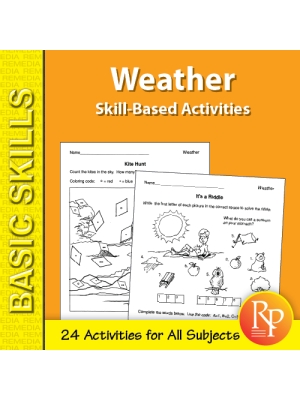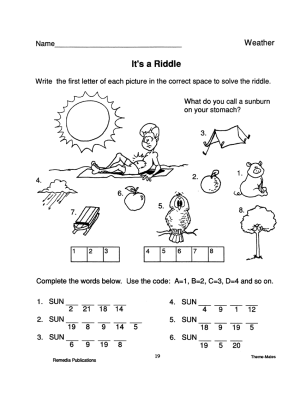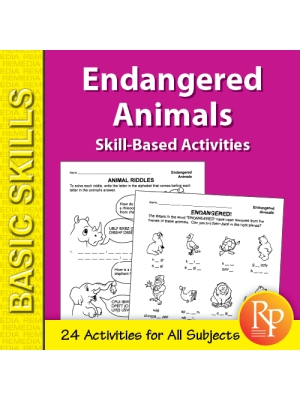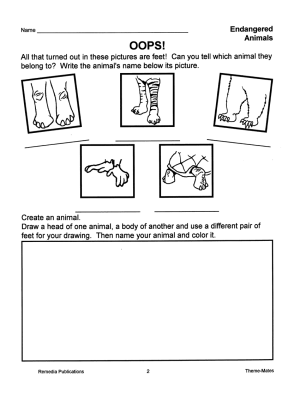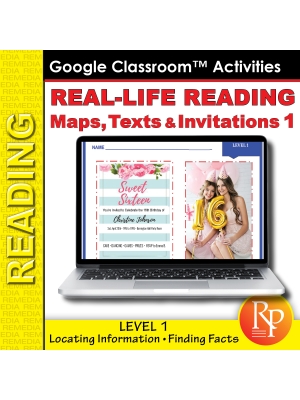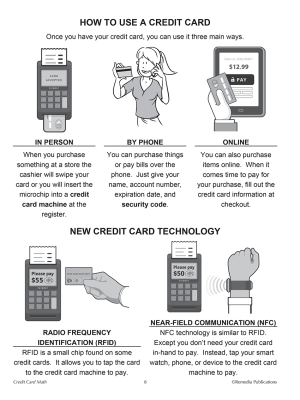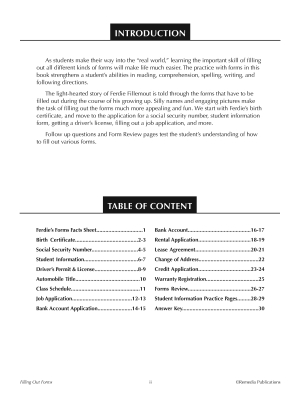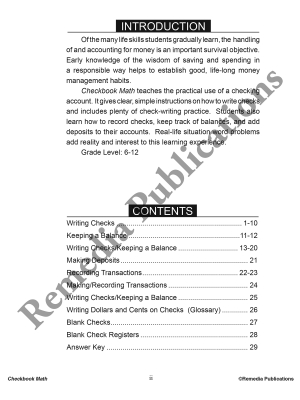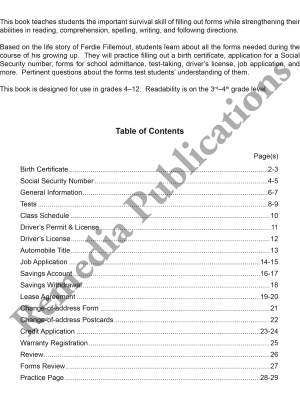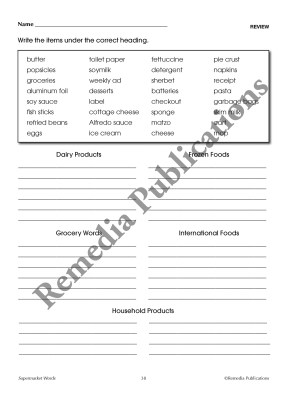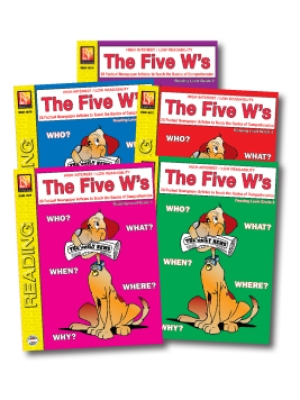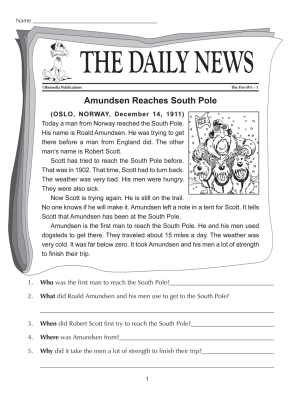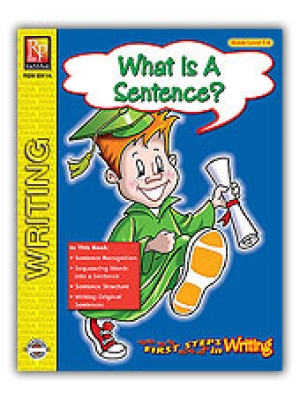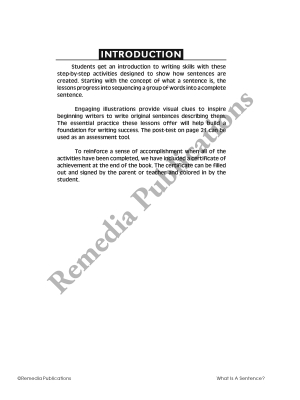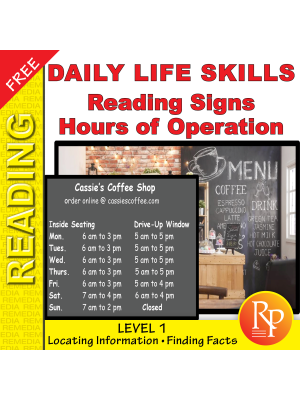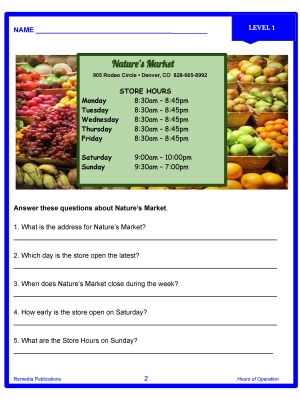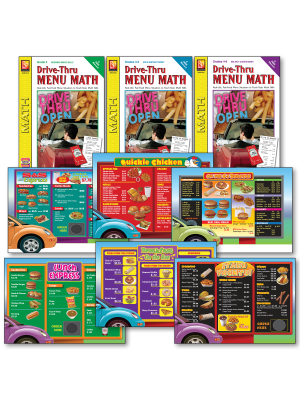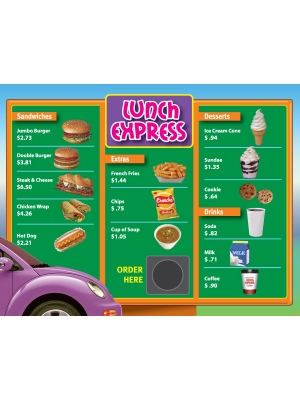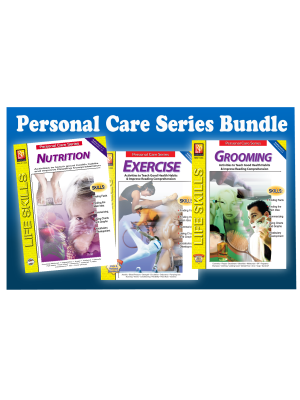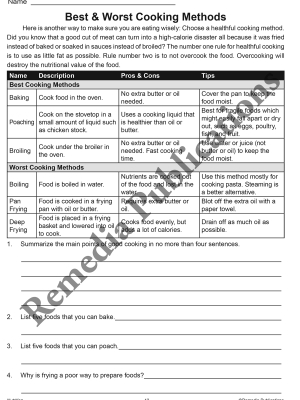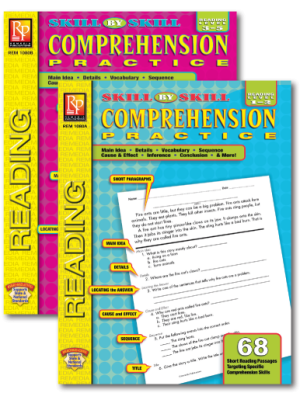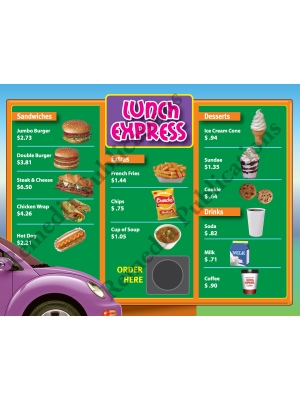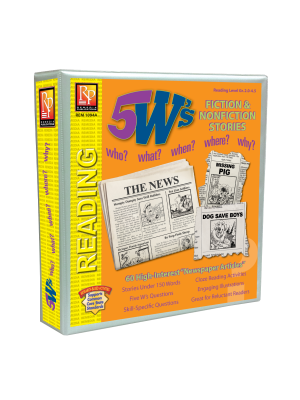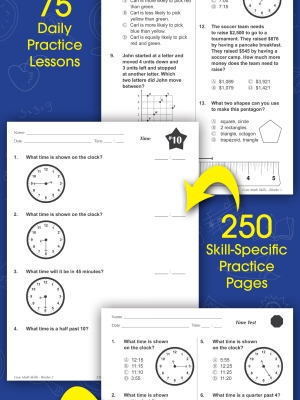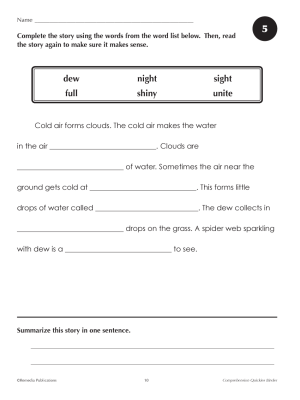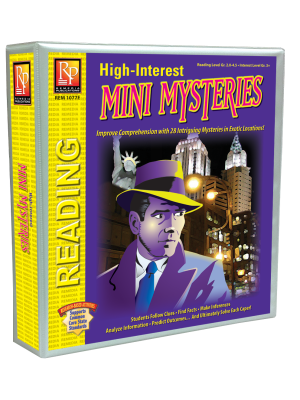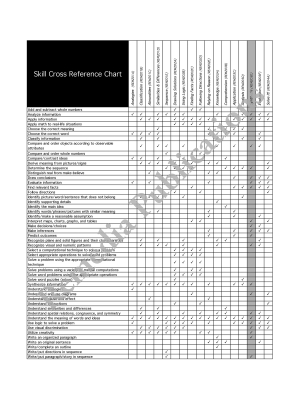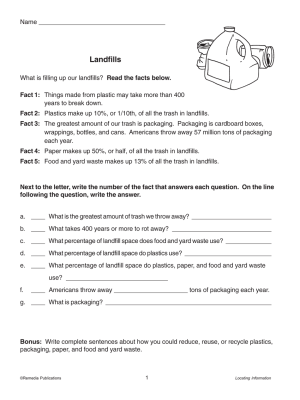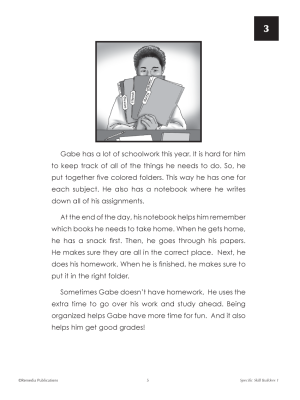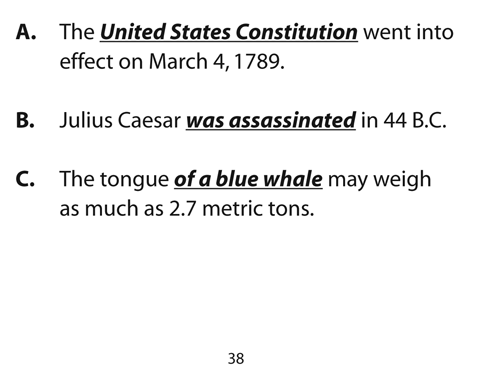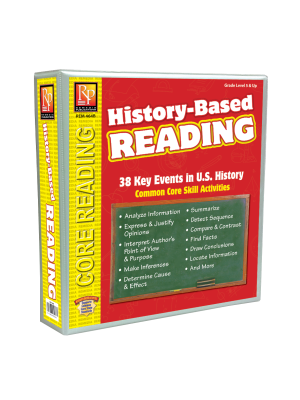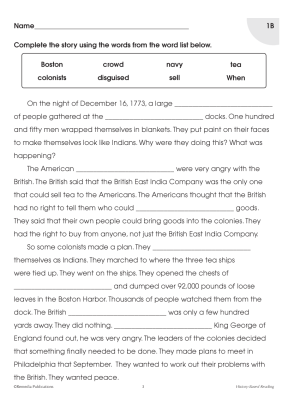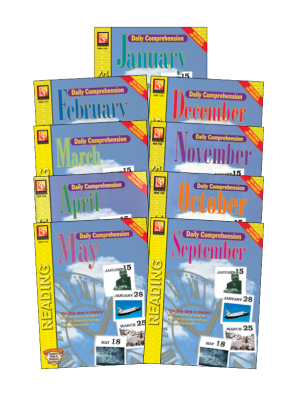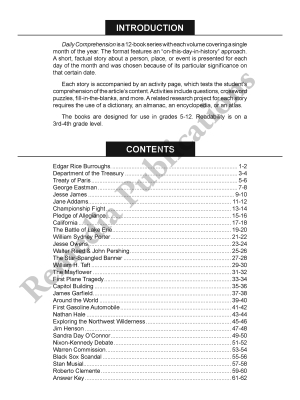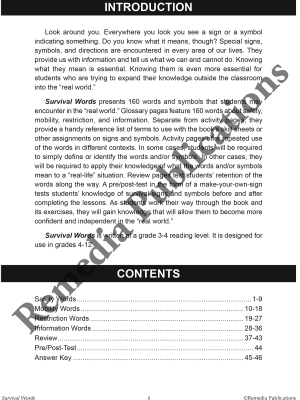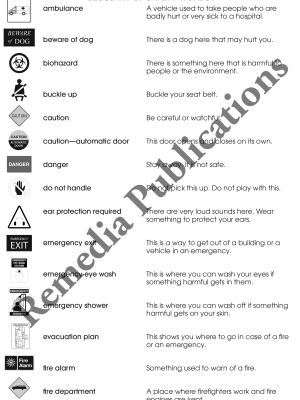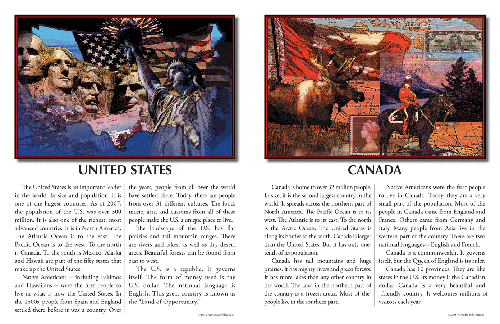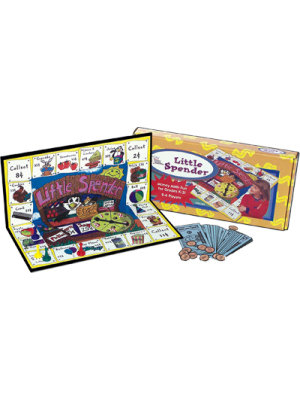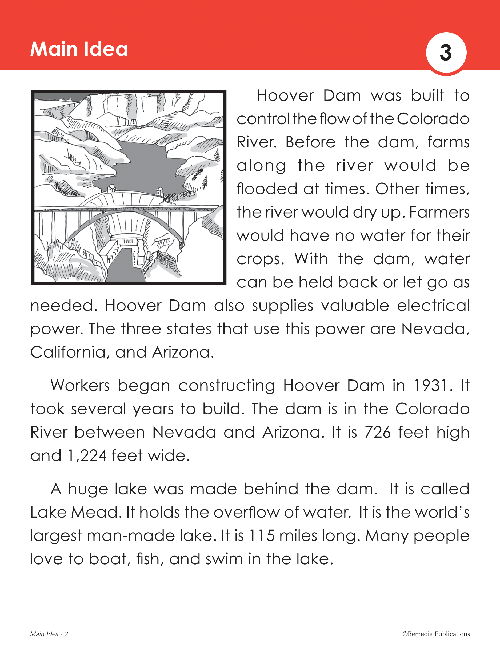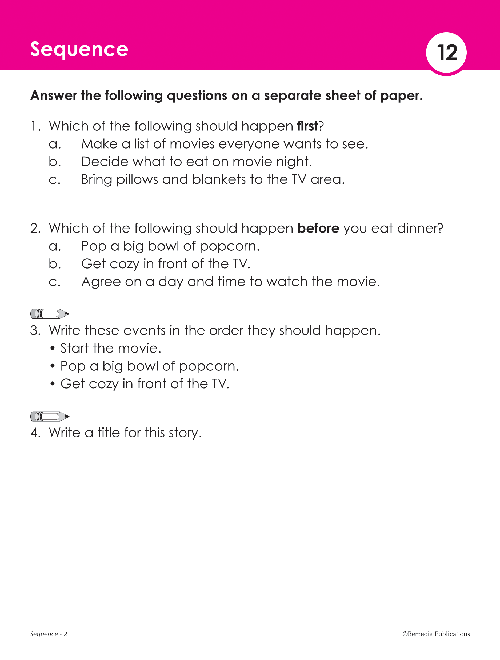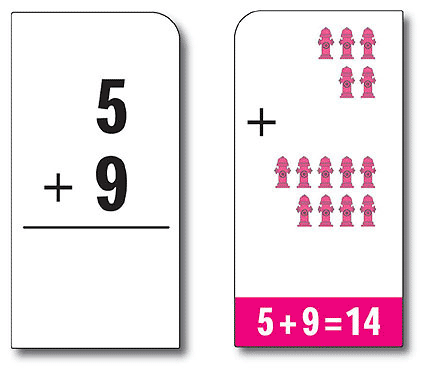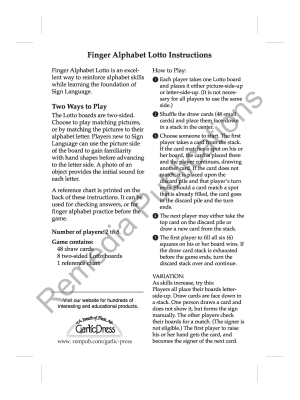Reading Maps, Texts & Invitations | Life Skills | Literal Comprehension | Locating Information | Finding Facts | Functional Skills Practice | Special Education
Everyday
life has many different kinds of reading challenges. This book includes
examples of three: maps, texts, and invitations.
Maps:
Screenshots of Google maps are used to show real examples of the types
of maps that students might encounter. A directional symbol is shown
next to each map. One of the keys to understanding how to use a map is
understanding this symbol. The answers to some of the questions are
directional. i.e. “It’s located in the northwest corner.” Students
should also be familiar with basic map symbols so they know the
difference between freeways, highways, roads, and streets.
Texts: Examples of texts are conversational and include common text abbreviations, as well as a casual use of grammar and punctuation.
Invitations: Realistic invitations give students practice interpreting the relevant
“who, what, where, when” details for a variety of events.
Questions
Level 2 questions refer students back to the maps, texts, and invitations to
find the answers. Comprehension skills include locating information and
finding facts.
Examples Include:
• An Oregon/Washington border map
• A map showing Phoenix Sky Harbor International Airport
• A map of the Boston area
• A map of downtown Seattle
• A map of the San Diego area
• A map of the Austin area
• Six different text conversations
• Halloween Invitation
• Baby Shower Invitation
• 4th of July Party Invitation
• Sweet Sixteen Party Invitation
• A Wedding invitation
• A Summer Beach Party invitation
• A House Warming Party Invitation
22 pages
Answer Key
Reading Maps, Texts & Invitations 2: LIfe Skills - Comprehension Activities
- Product Code: EREM 89
- Viewed: 2689
- Availability: In Stock
$5.99
Reading Maps, Texts & Invitations | Life Skills | Literal Comprehension | Locating Information | Finding Facts | Functional Skills Practice | Special Education
Everyday
life has many different kinds of reading challenges. This book includes
examples of three: maps, texts, and invitations.
Maps:
Screenshots of Google maps are used to show real examples of the types
of maps that students might encounter. A directional symbol is shown
next to each map. One of the keys to understanding how to use a map is
understanding this symbol. The answers to some of the questions are
directional. i.e. “It’s located in the northwest corner.” Students
should also be familiar with basic map symbols so they know the
difference between freeways, highways, roads, and streets.
Texts: Examples of texts are conversational and include common text abbreviations, as well as a casual use of grammar and punctuation.
Invitations: Realistic invitations give students practice interpreting the relevant
“who, what, where, when” details for a variety of events.
Questions
Level 2 questions refer students back to the maps, texts, and invitations to
find the answers. Comprehension skills include locating information and
finding facts.
Examples Include:
• An Oregon/Washington border map
• A map showing Phoenix Sky Harbor International Airport
• A map of the Boston area
• A map of downtown Seattle
• A map of the San Diego area
• A map of the Austin area
• Six different text conversations
• Halloween Invitation
• Baby Shower Invitation
• 4th of July Party Invitation
• Sweet Sixteen Party Invitation
• A Wedding invitation
• A Summer Beach Party invitation
• A House Warming Party Invitation
22 pages
Answer Key
Tags:reading









